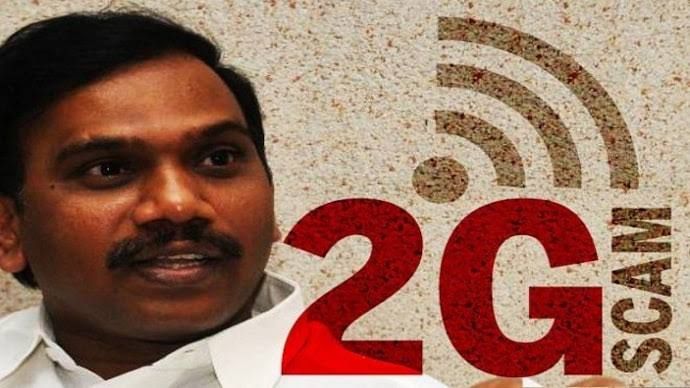Social Imagination and Same-Sex Marriages: The Indian Context
Introduction:
India, a nation celebrated for its rich cultural diversity, has been grappling with the question of same-sex marriages for quite some time. The legal landscape has witnessed significant changes in recent years, yet the social imagination surrounding this issue remains a complex and evolving matter. This article delves into the intricacies of same-sex marriages in the Indian context, exploring the intersection of law, culture, and social attitudes.
Legal Evolution:
The legal framework governing same-sex marriages in India has undergone a remarkable transformation. Before September 2018, homosexual acts were criminalized under Section 377 of the Indian Penal Code, a colonial-era law. However, in a historic judgment, the Supreme Court of India decriminalized homosexuality, decrying Section 377 as unconstitutional. This monumental decision marked a crucial step towards recognizing the rights and dignity of the LGBTQ+ community.
Despite this legal breakthrough, the issue of same-sex marriages remains largely unaddressed at the legislative level. India does not have a specific law permitting or regulating same-sex marriages. This legal void presents unique challenges for LGBTQ+ couples seeking legal recognition of their unions, including issues related to inheritance, property rights, and adoption.
Cultural and Social Imagination:
While the legal landscape may be evolving, the social imagination surrounding same-sex marriages in India remains deeply rooted in traditional norms and conservative values. India’s cultural diversity is reflected in its myriad of beliefs, practices, and customs, and this diversity is also evident in the varying attitudes towards LGBTQ+ rights and same-sex marriages across different regions of the country.
In metropolitan areas like Mumbai and Delhi, there is a growing acceptance of same-sex relationships, with increasing visibility of LGBTQ+ individuals in various walks of life. However, in many rural areas and smaller towns, conservative attitudes persist, and LGBTQ+ individuals often face discrimination, prejudice, and social ostracization.
Religion plays a significant role in shaping the social imagination of same-sex marriages in India. While Hinduism, Buddhism, and Sikhism have relatively more tolerant stances, many religious leaders from various faiths express opposition to same-sex unions. This religious influence can perpetuate stigma and discrimination, complicating the journey towards societal acceptance.
Changing Attitudes:
Despite these challenges, it is essential to recognize that attitudes towards same-sex marriages are evolving in India. The younger generation, in particular, is more open-minded and accepting. They are often more willing to challenge traditional norms and engage in conversations about LGBTQ+ rights and marriage equality. Popular culture, including movies, television, and literature, has also played a role in shaping a more inclusive narrative.
Additionally, support from civil society organizations, activists, and LGBTQ+ allies has been instrumental in driving change. Pride parades and awareness campaigns have gained momentum in several Indian cities, fostering a sense of community and solidarity among LGBTQ+ individuals and their supporters.

Conclusion:
In conclusion, the landscape of same-sex marriages in India is marked by legal progress but is entwined with complex cultural and social dynamics. While the decriminalization of homosexuality marked a historic turning point, the absence of specific laws recognizing same-sex marriages leaves many LGBTQ+ individuals in a legal limbo. Cultural and religious factors continue to influence the social imagination, with a stark contrast between urban and rural attitudes.
However, change is afoot. The younger generation’s more accepting attitudes, the influence of popular culture, and the tireless efforts of activists are slowly reshaping the narrative. As India continues to grapple with the question of same-sex marriages, it is essential to foster dialogue, challenge stereotypes, and promote understanding to create a more inclusive and equitable society for all its citizens, regardless of their sexual orientation.
Author: Harshit Tiwari, a Student of Amity University Madhya Pradesh, Gwalior
HOMOSEXUAL COUPLES AND THEIR RIGHT TO ADOPT A CHILD




